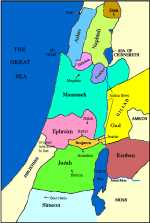The Gates of Hell
This may throw a different spin on the meaning of what Christ said when we know how the ancient Jews would have understood it to mean according to history.
Caesarea Philippi was in the district of Bashan at the base of Mount Hermon.
It is near the northern border of Israel where present day Tel Aviv is, Golan Heights, Mount Hermon.
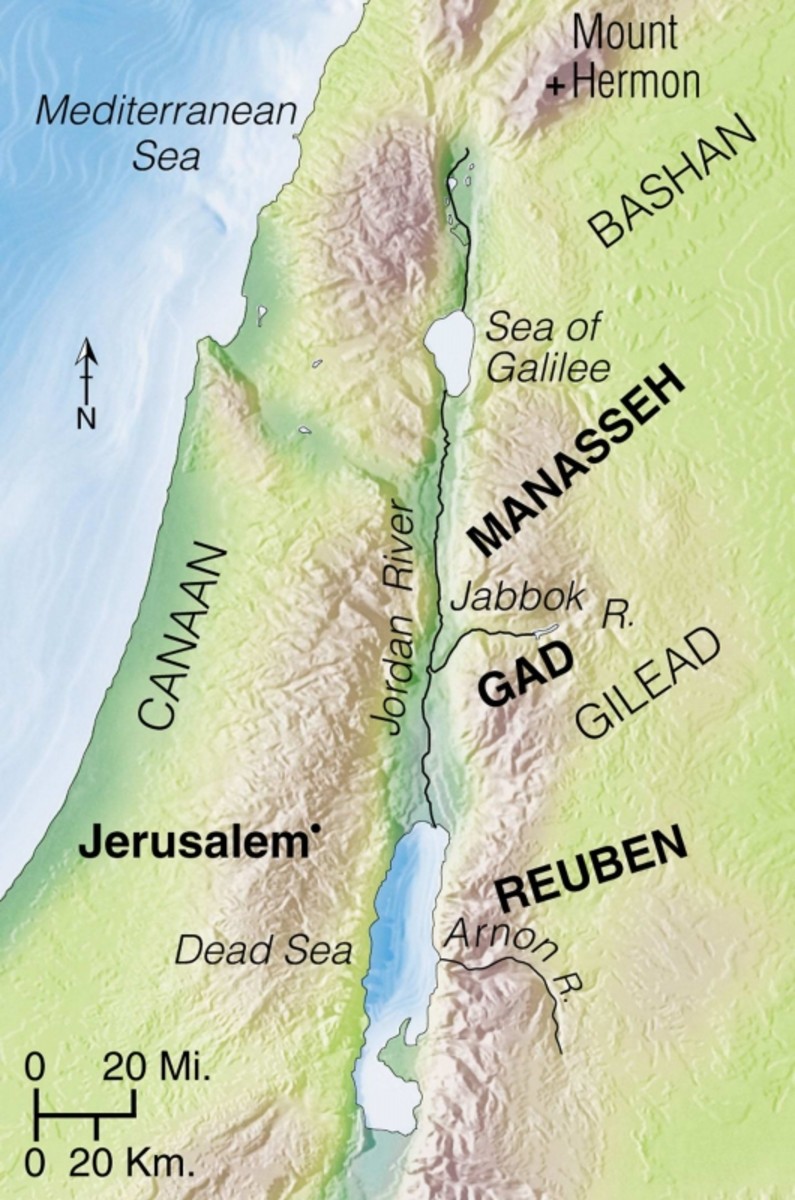
This region was pagan and known for worshiping demon gods.
Several shrines and temples were built at the base of Mount Hermon in the region of Bashan.
Mount Hermon is a giant rock mountain range
In this region are underground water sources with cave openings to deep dark water.
And the waters from Mount Hermon feed the Jordan River.
So deep were the waters of these cave openings that the ancients believed them to be bottomless and gates to the underworld.
These deep dark cave openings became known as "The Gates of Hades" (the gates of hell).
To this day you can visit the ruins of the ancient temple to pagan gods.
Here are some images of the area today showing the ruins of the cave openings (the gates of hell), shrine pillars, and the many cut out niches in the mountain to place their pagan idols.
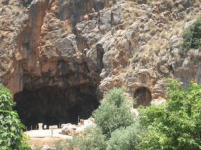
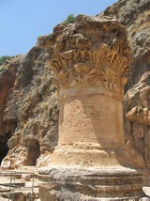
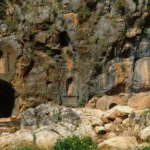
This area is the rock Christ was standing on when He told the disciples that His Church would be built atop and the gates of hell would not prevail against it.
Some scholars have said that this verse is not saying that the gates of hell will attack the Rock that is Christ & His Church and will not prevail, but that it is saying that the Rock that is Christ & His Church are the ones attacking the rock (Mount Hermon) with the gates of hell and the gates of hell will not be able to withstand it.
The Rock that is Christ & His Church will be built atop (above/superior) of the gates of hell and the gates of hell will not prevail against the Rock.
The rock of the gates of hell will forever be entombed below to the underworld.
It is as if Jesus was purposely declaring that His Church, His body (He is our ROCK) will be above & superior to their rock.
Our ROCK will entomb their rock and the gates of hell forever to the underworld.
Which aligns well with:
Knowing that history gives a different perspective of the imagery that would have come to mind of the disciples of that area Christ was speaking of.
This may throw a different spin on the meaning of what Christ said when we know how the ancient Jews would have understood it to mean according to history.
Matthew 16 ESV
(13) Now when Jesus came into the district of Caesarea Philippi, he asked his disciples, “Who do people say that the Son of Man is?”
(14) And they said, “Some say John the Baptist, others say Elijah, and others Jeremiah or one of the prophets.”
(15) He said to them, “But who do you say that I am?”
(16) Simon Peter replied, “You are the Christ, the Son of the living God.”
(17) And Jesus answered him, “Blessed are you, Simon Bar-Jonah! For flesh and blood has not revealed this to you, but my Father who is in heaven.
(18) And I tell you, you are Peter, and on this rock I will build my church, and the gates of hell shall not prevail against it.
Caesarea Philippi was in the district of Bashan at the base of Mount Hermon.
It is near the northern border of Israel where present day Tel Aviv is, Golan Heights, Mount Hermon.

This region was pagan and known for worshiping demon gods.
Several shrines and temples were built at the base of Mount Hermon in the region of Bashan.
Mount Hermon is a giant rock mountain range
In this region are underground water sources with cave openings to deep dark water.
And the waters from Mount Hermon feed the Jordan River.
So deep were the waters of these cave openings that the ancients believed them to be bottomless and gates to the underworld.
These deep dark cave openings became known as "The Gates of Hades" (the gates of hell).
To this day you can visit the ruins of the ancient temple to pagan gods.
Here are some images of the area today showing the ruins of the cave openings (the gates of hell), shrine pillars, and the many cut out niches in the mountain to place their pagan idols.



This area is the rock Christ was standing on when He told the disciples that His Church would be built atop and the gates of hell would not prevail against it.
Some scholars have said that this verse is not saying that the gates of hell will attack the Rock that is Christ & His Church and will not prevail, but that it is saying that the Rock that is Christ & His Church are the ones attacking the rock (Mount Hermon) with the gates of hell and the gates of hell will not be able to withstand it.
The Rock that is Christ & His Church will be built atop (above/superior) of the gates of hell and the gates of hell will not prevail against the Rock.
The rock of the gates of hell will forever be entombed below to the underworld.
It is as if Jesus was purposely declaring that His Church, His body (He is our ROCK) will be above & superior to their rock.
Our ROCK will entomb their rock and the gates of hell forever to the underworld.
Which aligns well with:
Deuteronomy 32 ESV
(37) Then he will say, ‘Where are their gods, the rock in which they took refuge,
Knowing that history gives a different perspective of the imagery that would have come to mind of the disciples of that area Christ was speaking of.
Last edited:

